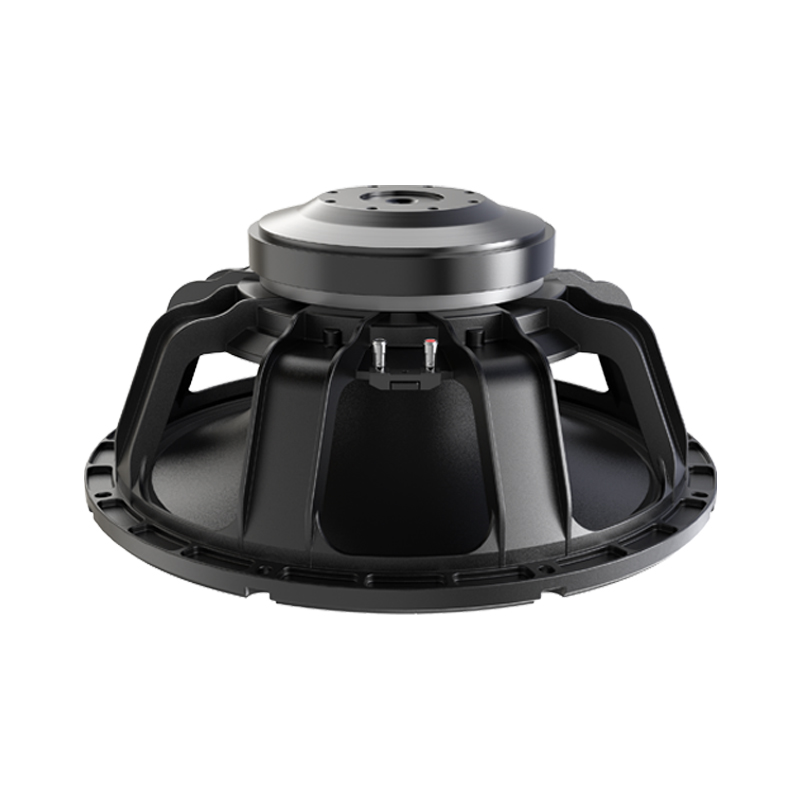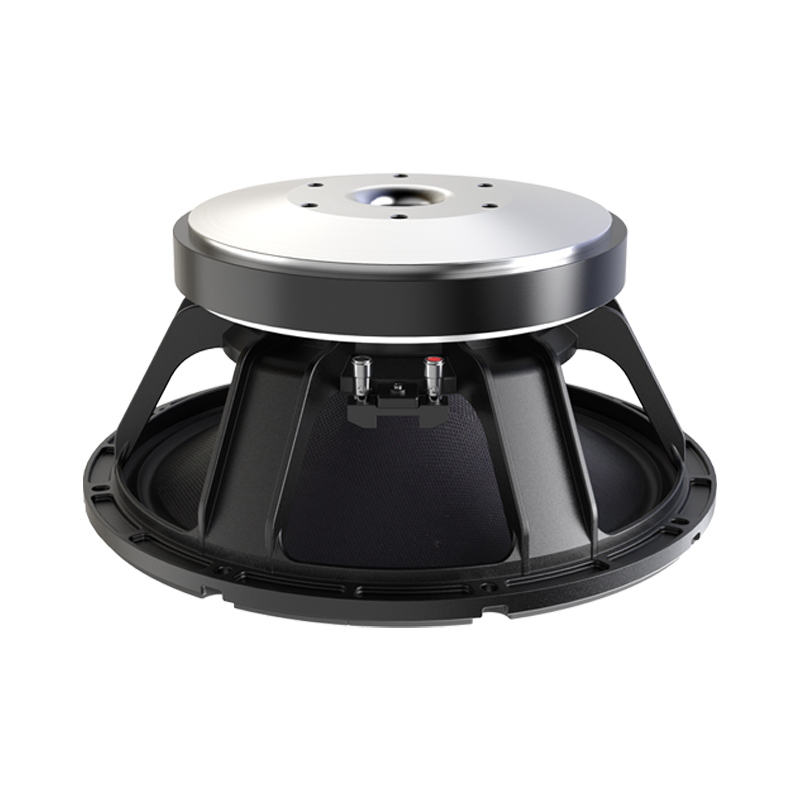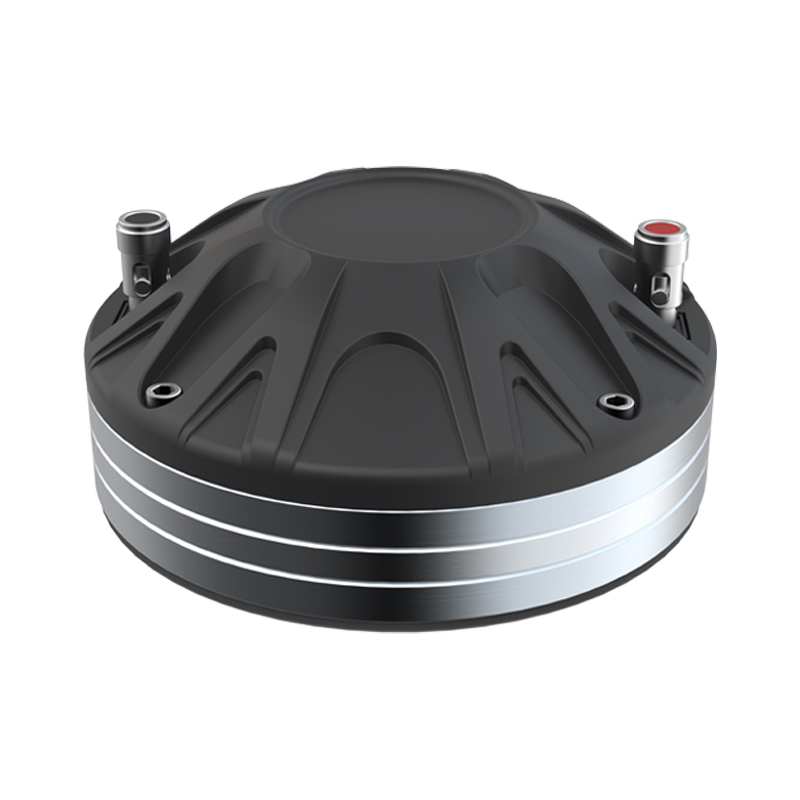In professional audio systems, sound is usually divided into Bass (20-250 HZ), Midrange (250-4K HZ), and Treble (4H-20K HZ) frequencies. However, when you are shopping for a PA speaker, you may notice that there is no separate midrange, and when listening, one might find that there seems to be weak midrange. Why is this the case? In this article, we explain the reason and introduce the Mid-Bass.
PA Systems Don’t Actually Lack Midrange
The perception of “no midrange” in a PA system is usually due to the design of speakers and system configuration, rather than a missing frequency range:
- Full-Range Drivers
Some entry-level or compact PA speakers use a single full-range driver. This driver covers a wide frequency range, including low frequencies, midrange, and high frequencies. The midrange may seem less prominent because the bass or treble dominates the listening experience. - Multi-Way Systems
Professional PA systems often use two-way or three-way designs, assigning low, mid, and high frequencies to separate drivers:- Bass/Woofer: It handles low frequencies.
- Midrange Driver: It is responsible for vocals and most instruments.
- Tweeter: It brings out the little details in the highs
- Internal Structure and Crossover Design
Crossovers decide which speaker gets which part of the sound. What can achieve good midrange is two things: how the crossover is tuned and how the driver handles those middle frequencies. If the crossover is not tuned correctly or the response is too low or too high, the midrange may sound weaker.
Why Midrange Sometimes Feels Missing
Even if here is a midrange driver, it might feel absent due to following reasons.
- Speaker Design Bias: Some speakers prioritize low or high frequencies, causing midrange to appear recessed.
- System Imbalance: Excessive bass or treble can mask midrange clarity.
- Listening Environment: Room acoustics, size, and where the speakers are can affect midrange perception.
- Driver Wear or Damage: Faulty or aged speakers can reduce midrange output.
What is Mid-Bass
To maintain balanced sound in setups without a midrange speaker, designers often implement a Mid-Bass:
- Frequency Range: roughly 60Hz – 4kHz, bridging low and midrange
- Function: It provides strong bass along with clear mid frequencies for vocals and instruments
- Application: widely used in large PA systems, stage, even in cars
The mid-bass driver keeps the sound balanced, making audio full-bodied and natural across all frequency ranges.
ZTZ Speaker’s Professional Design Philosophy
As a brand-focused loudspeaker manufacturer, ZTZ Speaker utilize Bass, Mid-Bass, and Treble drivers to achieve full frequency coverage:
- Bass Driver (LF loudspeakers): delivers deep, powerful low frequencies for immersive impact. Such as 18LW400, its response ranges from 40 HZ to 1500 HZ, but this doesn’t mean it is a mid-bass. The best sound it can perform is still in bass band (below 250 HZ), so it is actually a bass which is capable of performing the frequencies between 250-1500 HZ. And usually, a bass is a speaker which is 18 or 21inch.
- Mid-Bass Driver (LF loudspeakers): covers low to mid frequencies, ensuring clear vocals and instrument reproduction
- Treble Driver (HF loudspeakers): reproduces high-frequency details for a rich soundstage
This way optimizes frequency response, simplifies speaker layout, and delivers exceptional performance in stages, clubs, and so on.
 English
English


